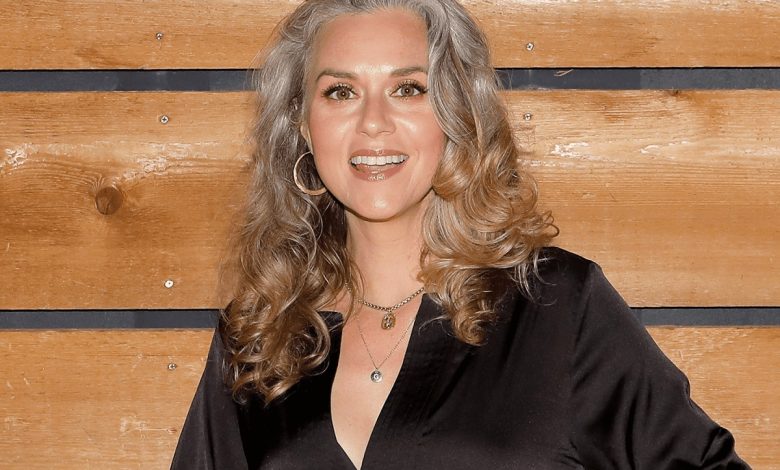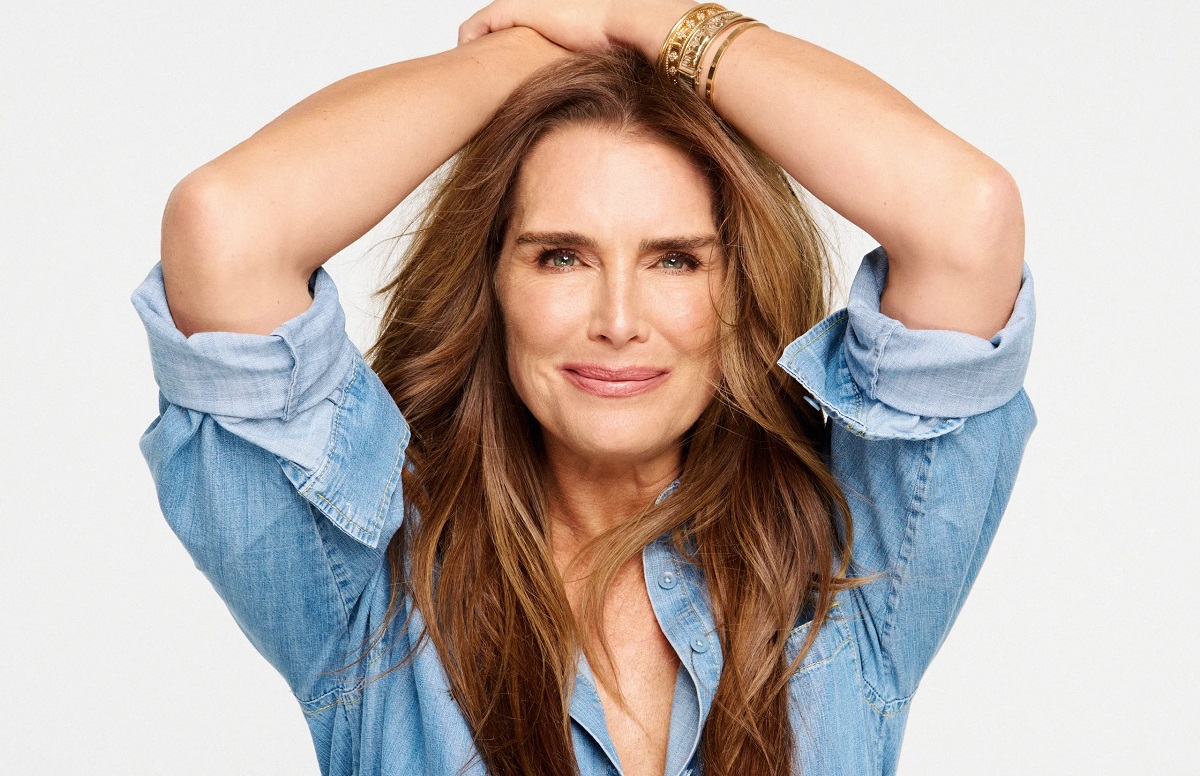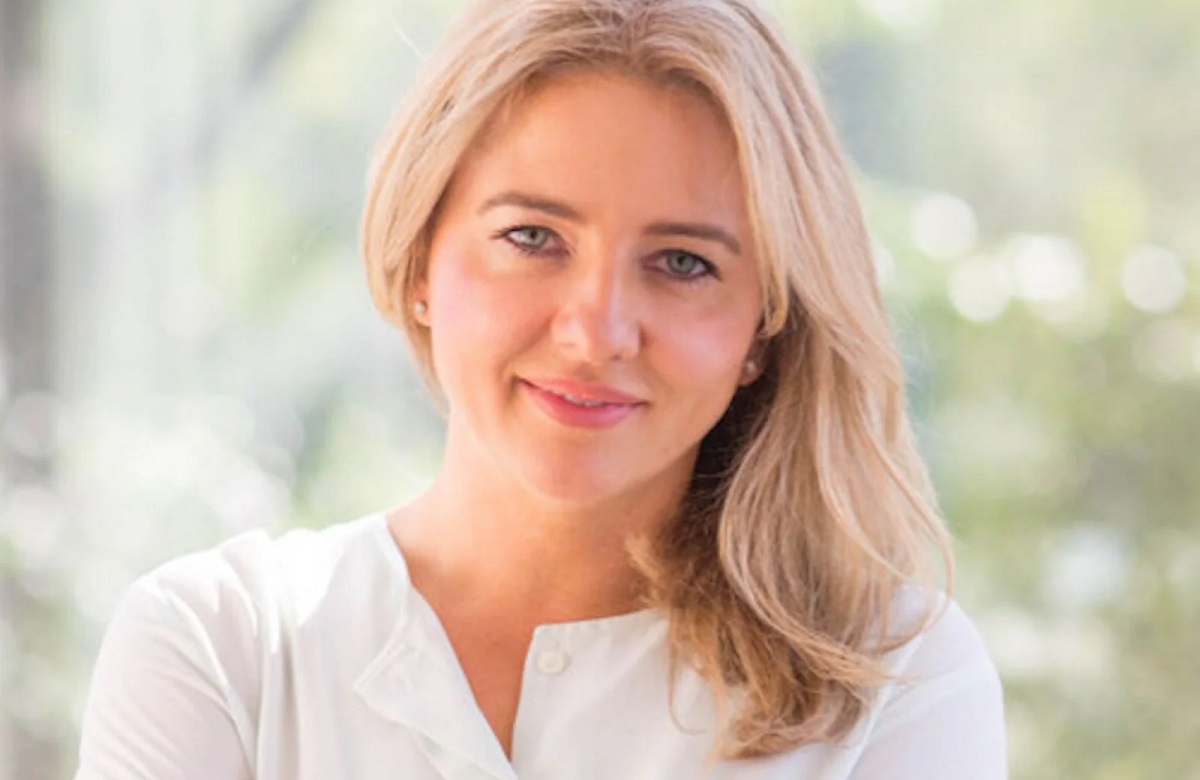Hair Care After 40: Maintaining Healthy Locks In Your 40s And Beyond

Hair Care After 40: As we age, our bodies undergo numerous changes, and one of the most noticeable areas where these changes manifest is in our hair.
After the age of 40, hair care becomes increasingly important as hormonal shifts, environmental factors, and the natural aging process can all impact hair health. This essay explores the unique challenges of hair care after 40 and offers practical tips for maintaining healthy, vibrant hair in your 40s and beyond.
The Aging Process And Its Impact On Hair
Hair Care After 40, The aging process affects hair in several ways. As we age, our bodies produce less of the hormones that are essential for hair growth and maintenance. For women, the decline in estrogen and progesterone levels during perimenopause and menopause can lead to hair thinning and increased hair loss.

Hair Care After 40, For men, a decrease in testosterone levels can also contribute to hair loss and changes in hair texture. In addition to hormonal changes, the aging process can cause the hair to lose its natural pigmentation, leading to graying.
Another aspect of aging that affects hair is the reduced production of natural oils by the scalp. Sebum, the oil produced by sebaceous glands in the scalp, helps to keep hair moisturized and protected. As sebum production decreases with age, hair can become drier, more brittle, and more prone to breakage. This dryness can be exacerbated by environmental factors such as sun exposure, pollution, and the use of heat styling tools.
Hair Loss And Thinning
Hair Care After 40, Hair loss and thinning are common concerns for both men and women after the age of 40. While it is normal to lose some hair every day, excessive hair shedding can be distressing and may indicate underlying issues. Androgenetic alopecia, also known as male or female pattern baldness, is a genetic condition that can lead to significant hair thinning or baldness. For women, this condition often results in diffuse thinning across the scalp, while men may experience receding hairlines or bald spots.
In addition to androgenetic alopecia, other factors can contribute to hair loss and thinning after 40. Stress, poor diet, certain medications, and underlying health conditions such as thyroid disorders can all play a role. Therefore, it is important to address these factors and seek medical advice if hair loss becomes a concern.
Maintaining Hair Health After 40
Hair Care After 40, To maintain healthy hair after 40, it is essential to adopt a holistic approach that includes proper hair care practices, a balanced diet, and attention to overall health. The following tips can help in keeping your hair looking its best as you age:
Hair Care After 40, As hair becomes more delicate with age, it is important to adopt gentle hair care practices to prevent damage. This includes using a mild, sulfate-free shampoo that cleanses without stripping the hair of its natural oils. Conditioning is equally important; a moisturizing conditioner can help to hydrate the hair and reduce the risk of breakage.

Hair Care After 40, When washing your hair, avoid using hot water, as it can further dry out the hair and scalp. Instead, use lukewarm water and finish with a cool rinse to help seal the hair cuticle, adding shine and reducing frizz.
Avoiding Heat Damage
Hair Care After 40. Heat styling tools such as flat irons, curling irons, and blow dryers can cause significant damage to aging hair. After 40, it is advisable to minimize the use of these tools or use them at lower temperatures. Always apply a heat protectant spray before using any heat styling tools to reduce the risk of heat damage.
If you must use heat styling tools, consider air-drying your hair as much as possible beforehand. This reduces the amount of time your hair is exposed to heat and helps to preserve its natural moisture.
Scalp Care
Hair Care After 40, The health of your scalp plays a crucial role in the overall health of your hair. After 40, scalp care should be a priority, as a healthy scalp promotes stronger, more resilient hair. Regular scalp massages can help to stimulate blood circulation, encouraging hair growth and nourishing the hair follicles.
Exfoliating the scalp once a week with a gentle scrub can also help to remove dead skin cells and product buildup, keeping the scalp clean and healthy. Additionally, consider using scalp treatments or serums that contain ingredients such as biotin, niacin, and caffeine, which can support hair growth and scalp health.
Nourishing Your Hair From Within
Hair Care After 40, A balanced diet rich in vitamins and minerals is essential for maintaining healthy hair. Nutrients such as biotin, vitamin E, zinc, and omega-3 fatty acids play a vital role in hair growth and strength. After 40, it is important to ensure that you are getting enough of these nutrients through your diet or supplements if necessary.
Protein is another key component of hair health, as hair is primarily made up of a protein called keratin. Incorporating protein-rich foods such as lean meats, fish, eggs, and legumes into your diet can help to support hair growth and repair.
Addressing Hair Loss
Hair Care After 40, If you are experiencing significant hair loss or thinning after 40, it is important to consult with a healthcare professional or dermatologist. They can help to identify the underlying cause and recommend appropriate treatments. Options for addressing hair loss may include topical treatments such as minoxidil, oral medications like finasteride, or more advanced procedures such as PRP (platelet-rich plasma) therapy or hair transplants.
In addition to medical treatments, there are also cosmetic options available to help improve the appearance of thinning hair. Hair thickening products, volumizing shampoos, and hairstyles that add volume can all help to create the illusion of fuller hair.
Embracing Gray Hair
Hair Care After 40, As we age, it is natural for hair to lose its pigment and turn gray. While some may choose to color their gray hair, others may prefer to embrace it. If you decide to go gray, there are ways to keep your gray hair looking healthy and vibrant.

Hair Care After 40, Gray hair can be more prone to dryness and frizz, so it is important to use hydrating products that add moisture and smoothness. A purple shampoo or conditioner can help to neutralize any yellow or brassy tones that may develop in gray hair, keeping it looking bright and shiny.
Regular trims are also important for maintaining the health of gray hair, as they help to remove split ends and prevent breakage. Additionally, consider using a gloss or glaze treatment to add shine and enhance the natural beauty of your gray hair.
Conclusion
Hair care after 40 requires a thoughtful and proactive approach to address the unique challenges that come with aging. By adopting gentle hair care practices, nourishing your hair from within, and seeking professional advice when needed, you can maintain healthy, vibrant hair well into your 40s and beyond. Whether you choose to embrace your natural gray hair or explore treatments for hair loss, the key is to prioritize the health of your hair and scalp. With the right care, your hair can continue to be a source of confidence and beauty at any age.
Also Read:
The Best Six Home Moisturizing Hair Masks
Five Signs Of Thinning Hair: From Slimmer Ponytail To Excessive Shedding
Over 50 Women Hair Colors: The 6 Best Hair Colors For Women Over 50




